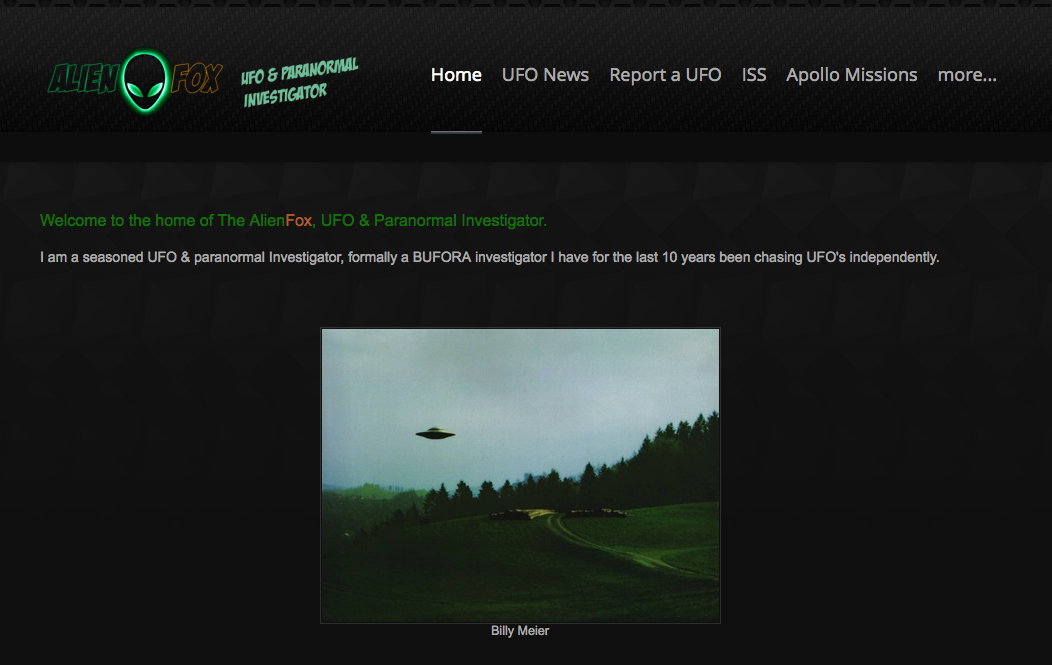Beasties, I am talking about Nessie, The Kracken and Megalodon, so lets start with the one that's causing the most excitement at the moment and that's Megalodon. Megalodon is an extinct species of shark that lived approximately 23 to 2.6 million years ago, during the Cenozoic Era. The taxonomic assignment of C. megalodon has been debated for nearly a century, and is still under dispute. Go-pro cameras and YouTube, videos have started appearing of very large creatures in our oceans and seas, most I believe to be mis-identification, the obvious being the Whale Shark, the whale shark is a slow-moving filter-feeding shark and the largest known extant fish species. The largest confirmed individual had a length of 12.65 m and a weight of about 21.5 t.
So whats the chances of a shark being around after 23 - 2.6 million years? Well the answer is fair to middleling, there are parts of the oceans and seas that we have not been to yet, in fact we know more about Mars and the Moon than we do about the waters on this planet, so it could be that a family of Megalodon still exist only coming to the surface rarely, there are NO images that I consider to be true images (not made up by Photoshop junkies) however this does not mean that they do not exist.
The primitive-looking coelacanth (pronounced SEEL-uh-kanth) was thought to have gone extinct with the dinosaurs 65 million years ago. But its discovery in 1938 by a South African museum curator on a local fishing trawler fascinated the world and ignited a debate about how this bizarre lobe-finned fish fits into the evolution of land animals.
Up to the present day, people are still searching for “Nessie” and even Google has joined the search, why?Again it's possible that some animals got isolated from the sea and remain in the Loch, but as yet no real proof has been put forward.
The Kraken is a legendary sea monster of giant size that is said to dwell off the coasts of Norway and Greenland. A number of authors over the years have postulated that the legend originated from sightings of giant squids that may grow to 12–15 meters (40–50 feet) in length, despite the fact that the creature in the original tales was not described as having tentacles and more closely resembled a whale or crab. The sheer size and fearsome appearance attributed to the kraken have made it a common ocean-dwelling monster in various fictional works. It was first described by the Dane, Erik Pontoppidan in his first book: Det første forsøg paa Norges naturlige Historie, forestillende dette kongeriges Luft, Fjelde, Vand, Væxter, Metaller, Mineraliser, Steen-arter, Dyr, Fugle, Fiske og omsider Indbyggernes Naturel, samt Sædvaner og Levemaad, I-II, Kbh. 1752-1753. Scource Wikipedia.

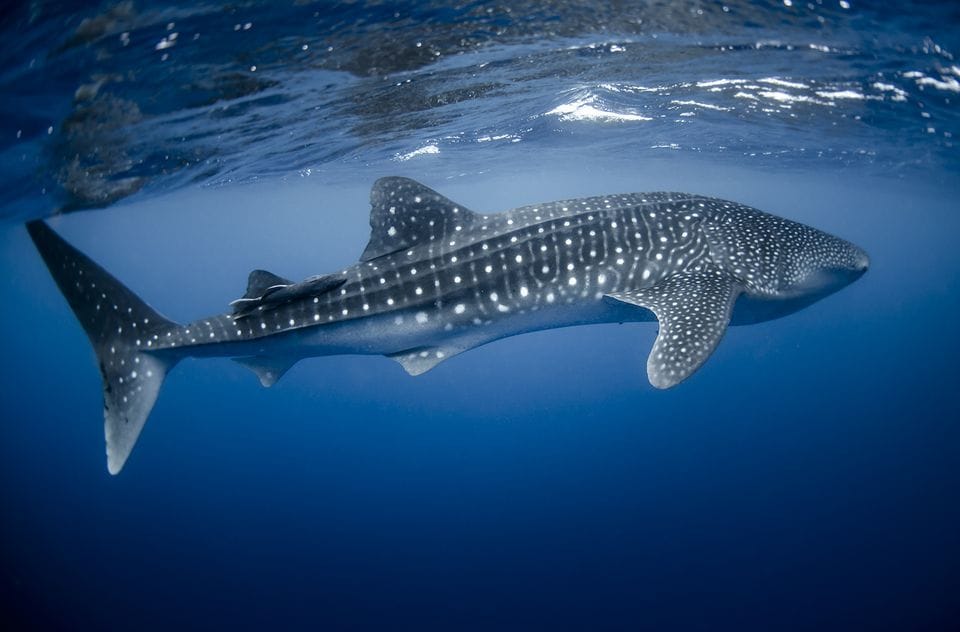
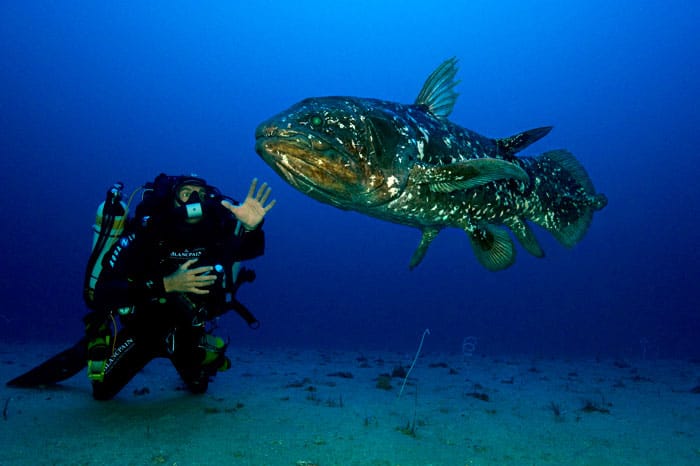
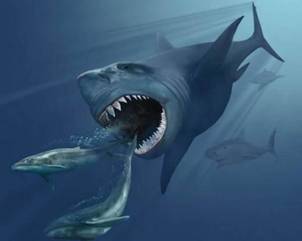
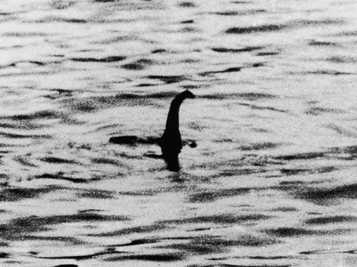
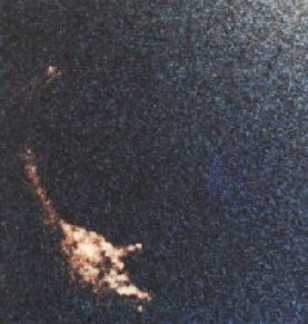
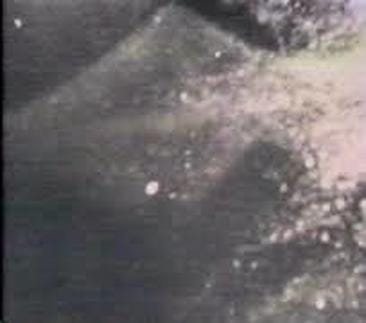
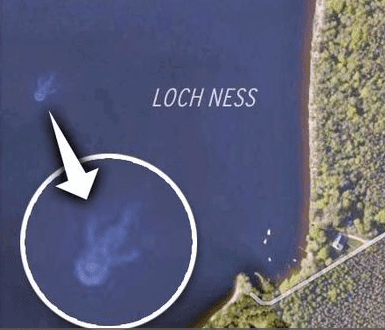
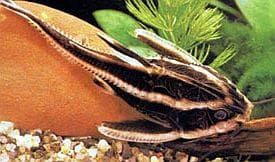
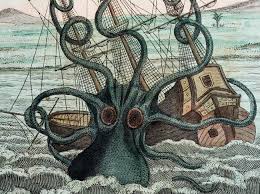
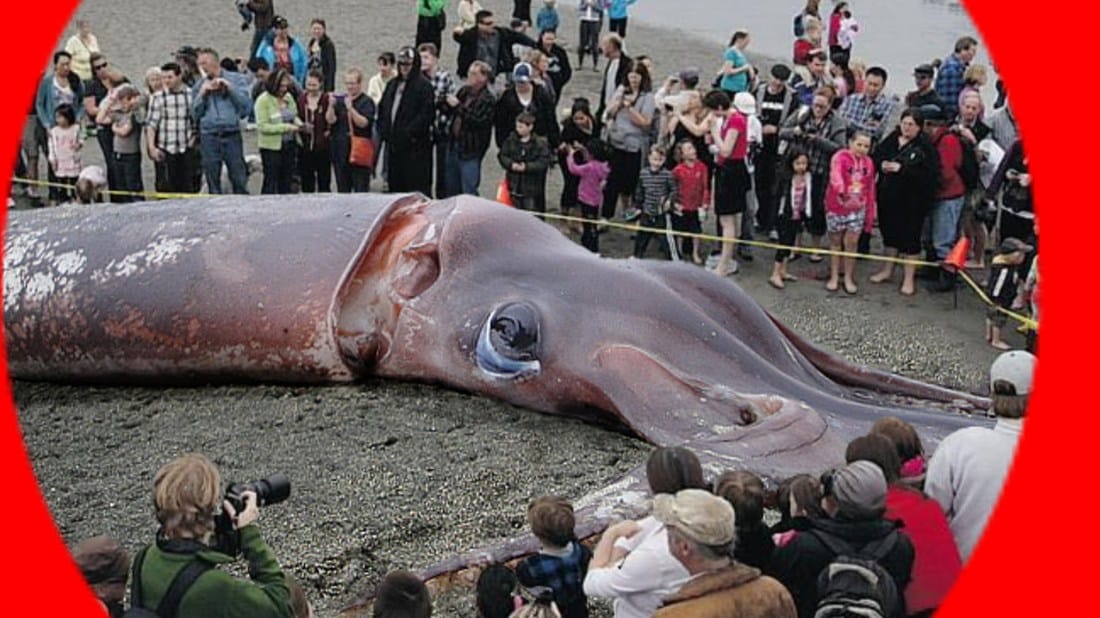
 RSS Feed
RSS Feed


